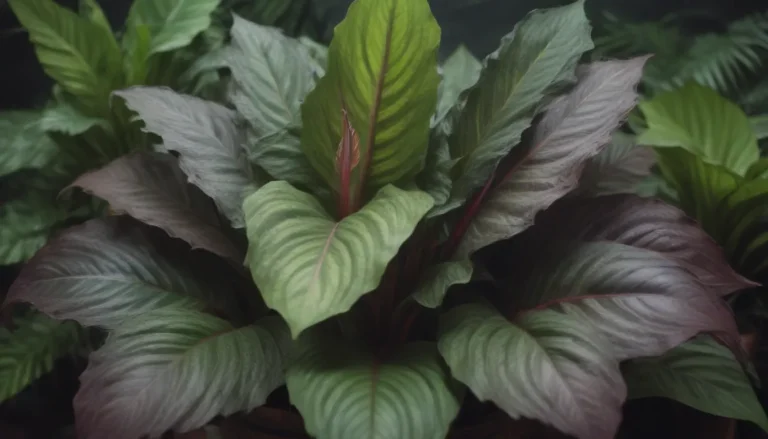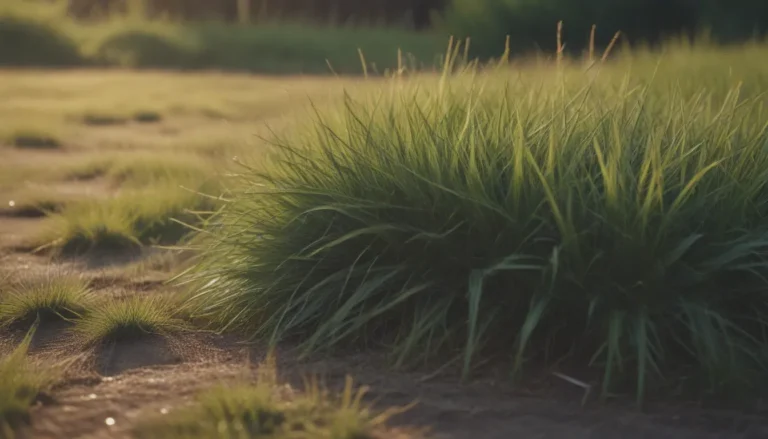Understanding the Risks of Covering Exposed Tree Roots with Soil

If you’ve ever been faced with the dilemma of dealing with exposed tree roots in your yard, you’re not alone. Many homeowners find themselves grappling with the unsightly appearance of tree roots that have made their way to the surface. While it may be tempting to cover them up with a layer of soil, it’s important to understand the potential risks and consequences of such a decision.
The Temptation to Cover Exposed Tree Roots
Trees like Maple, Beech, and Willow are notorious for causing issues with exposed roots in residential landscapes. These roots can pose a challenge for homeowners who want to maintain a neat and tidy yard. It’s natural to want to cover them up with soil to create a more visually appealing environment or even to plant a shade garden underneath the tree.
At first glance, it may seem like adding soil to cover the exposed roots would be harmless. After all, trees naturally grow in soil, so why would adding more be a problem? However, this practice can actually be detrimental to the health of your tree in the long run.
The Harmful Effects of Covering Tree Roots with Soil
While it may be tempting to cover exposed tree roots with soil, it’s important to understand why this can be harmful to the tree. Tree roots on the surface are covered with structures called lenticels, which are essential for gas exchange. These roots need oxygen to thrive, and adding a thick layer of soil on top of them can suffocate them.
In many cases, exposed roots are a result of a lack of oxygen in the soil, which forces the roots to come to the surface in search of air. By covering them with soil, you’re essentially depriving them of the oxygen they need to survive and thrive. This can have serious repercussions for the overall health of the tree.
How to Properly Deal with Exposed Tree Roots
If you’re faced with exposed tree roots in your yard, it’s important to take the right approach to address the issue without causing harm to the tree. Here are some tips on how to properly deal with exposed tree roots:
1. Avoid covering the roots with soil unless absolutely necessary
Exposing tree roots do not necessarily need to be covered up unless they are at risk of mechanical damage from activities like lawn mowing or using a weed eater. In cases where mechanical damage is a threat, it’s best to mulch the exposed roots instead of covering them with soil.
2. Use mulch to protect exposed roots
Mulch is an excellent way to protect exposed roots from mechanical damage while still allowing for proper gas exchange. Spread a thin layer of mulch (around 2 inches) over the roots and leave them be. This will help protect the roots without suffocating them.
3. Accept the less than ideal situation
In cases where exposed roots are protruding more than 2 inches above ground level, it may be best to simply accept the situation and refrain from covering them with soil. Removing the tree may be the only solution in extreme cases, but in most situations, the tree can adapt and continue to thrive with exposed roots.
In conclusion, while it may be tempting to cover exposed tree roots with soil, it’s important to understand the potential risks and consequences of this decision. By taking the right approach and properly protecting exposed roots, you can ensure the health and longevity of your trees for years to come. So remember, when it comes to exposed tree roots, it’s best to tread carefully and avoid the cover-up.





